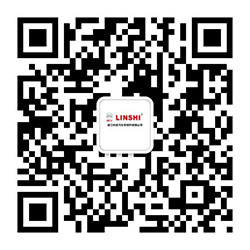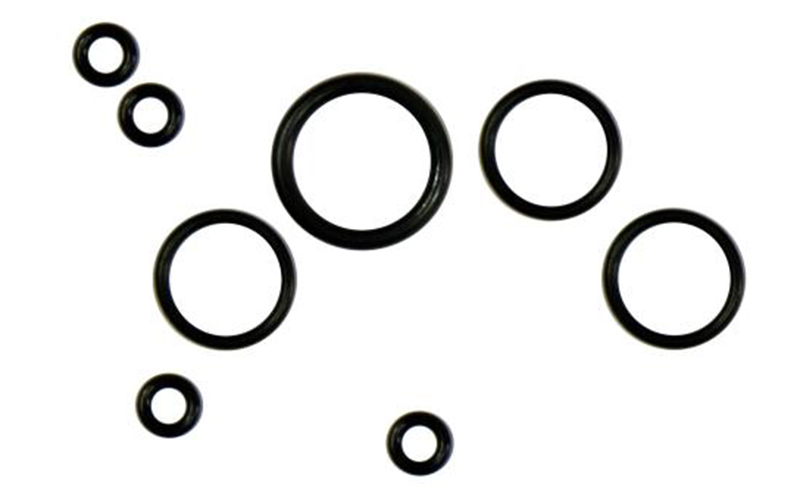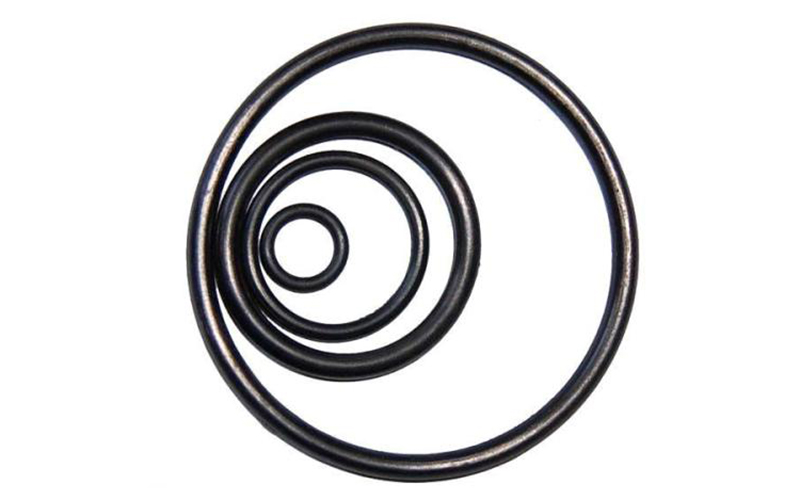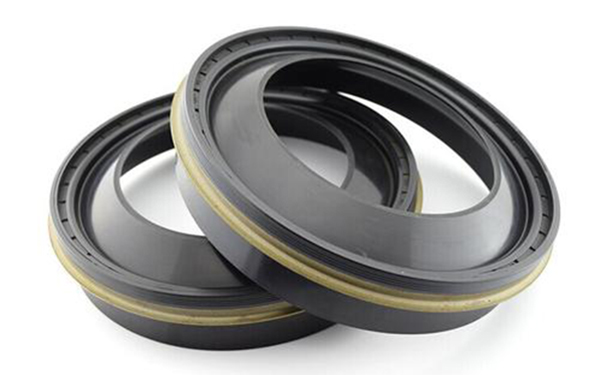How to judge whether the anti-wear hydraulic oil is damaged?
Antiwear hydraulic oil is the hydraulic medium used in the hydraulic system which uses the hydraulic pressure energy. It plays the role of energy transfer, antiwear, system lubrication, anti-corrosion, rust prevention, cooling and so on. Antiwear hydraulic oil is like human blood, which provides energy for hydraulic equipment. The quality of antiwear hydraulic oil not only affects the normal operation of construction machinery, but also damages the components of hydraulic system. So we must always check the quality of anti-wear hydraulic oil for our hydraulic equipment.
1. Identification of water content of hydraulic oil
(1) visual inspection: if the oil is milky white and turbid, it means that there is a lot of water in the oil.
(2) combustion method: dip clean and dry cotton yarn or paper with a little oil to be tested, and then ignite it with fire. If "crackling" sound or flash is found, it means that there is more water in the oil.
2. Identification of impurities in hydraulic oil
(1) sensory identification: there is obvious metal particle suspension in the oil, and the presence of small particles can be directly felt when pinching with fingers; under the light, if there is reflective flash point, it means that the hydraulic components have been seriously worn; if there is a large amount of metal chips deposited at the bottom of the oil tank, it means that the main oil pump or motor has been seriously worn.
(2) heating identification: for the hydraulic oil with low viscosity, it can be directly put into a clean and dry test tube for heating. If the oil in the test tube is found to be precipitated or suspended, it means that the oil already contains mechanical impurities.
(3) identification of filter paper: for anti-wear hydraulic oil with high viscosity, it can be diluted with pure gasoline, and then filtered with clean filter paper. If a large amount of mechanical impurities (metal powder) are found on the filter paper, it means that the hydraulic components have been seriously worn.
(4) sound identification: if the whole hydraulic system has a large intermittent noise and vibration, and the main oil pump will make a buzzing noise or even a piston rod "crawl" phenomenon, then we will observe a large number of bubbles when observing the liquid level of the fuel tank, the outlet of the oil tube or the transparent liquid level gauge. This indicates that the anti-wear hydraulic oil has been immersed in a large amount of air.
3. Identification of hydraulic oil performance
Identification of oil in oil tank: take out a little measured oil from the oil tank and filter it with filter paper. If there is black residue on the filter paper and a pungent smell, it means that the oil has been oxidized and deteriorated. Also, take out some precipitated oil mud directly from the bottom of the oil tank. If there are many asphalt and colloid deposits in the oil tank, put them on your fingers and pinch them. If you feel that there are too many colloids, the adhesion is good Strong indicates that the oil has been oxidized.
The condition of anti-wear hydraulic oil directly affects the health of your hydraulic equipment. Once there is a problem with the anti-wear hydraulic oil, the service life of the hydraulic equipment will be greatly shortened. So when your hydraulic oil has the above problems, remember to change it immediately.




